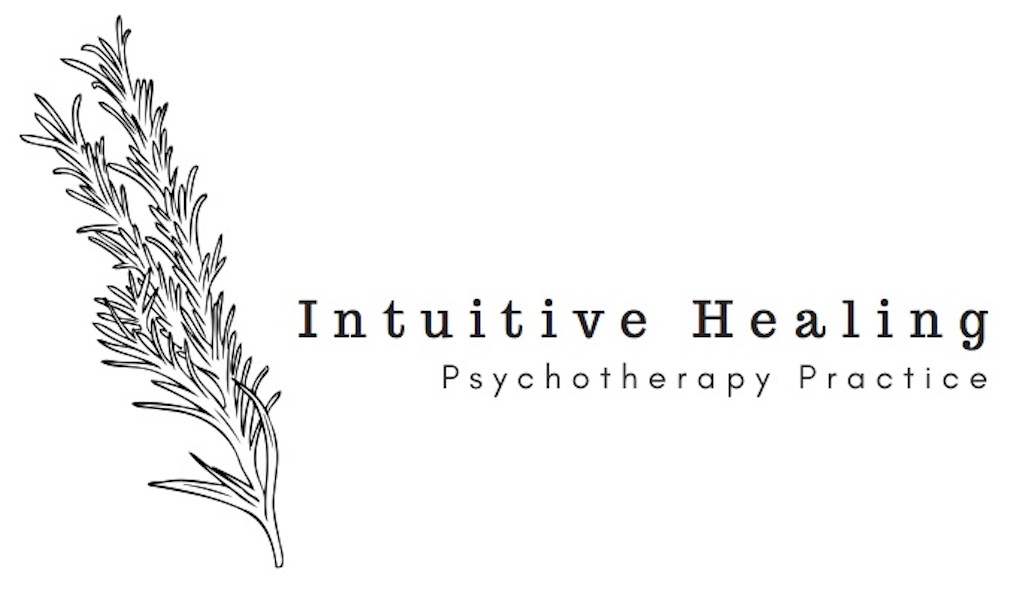Blank Slate No More: The Evolving Expectations of the Modern Therapy Consumer
Lily Boyar, MHC
The traditional, more old-school approach to early psychoanalysis was for the therapist to be a “blank slate.” Their role was to be someone the client could project their beliefs, opinions, and ideas without interference. This meant that the therapist did not insert their style, or any personal information about themselves, allowing the participant to experience a neutral environment and a relationship that could evolve based on the client’s internal experience. However, I’ve noticed a tremendous shift in the modern therapeutic consumer.
Each time I work with a new client, we start with a quick consultation call to get to know each other. I often ask the prospective client what they’re looking for in a therapist and what has worked well if they’ve been in therapy before. No matter the demographic, like clockwork, almost every single person says they want a therapist that is “interactive” and will “engage” with them. Many explain that they want a place that isn’t just about “venting” but somewhere to gain perspective. To be clear, therapeutic boundaries are still essential. It isn’t appropriate for a therapist to assert their views on a client’s life or tell them what to do. This interferes with the client’s agency and ability to meet their own challenges. But there is certainly a cultural shift where people want honesty and feedback from a real person, rather than a neutral professional. The boundaries ensure that the focus of the therapy is on the client, without the emotional expectations that come with a family member or friend. However, there is more flexibility for the therapist to be authentic and infuse their own style and personality into the work. There are moments where the therapist may share about themselves, opportunities for laughter and references inside jokes, and even the occasional hug - gasp! While the therapeutic relationship should be focused on the client, people are certainly craving authenticity.
The cultural shift of consumer expectations toward therapy also speaks to what might be missing in our greater communities. People want to feel connected and to be less alone in their experience. Clients are expected to pour their hearts out to their therapist, but vulnerability is earned. And it can be very healing to know your therapist has experienced something you’re going through. Or to see them be personally moved by something you’ve shared. Or even for them to reveal they also watch the same TV show or grew up in a similar area. When therapists can (appropriately) show their clients they are real, flawed people, it reduces shame and deepens the relationship. Therapy is personal. Gone are the days of the blank slate therapist, it is the relationship and chemistry between therapist and client that really makes the magic.
